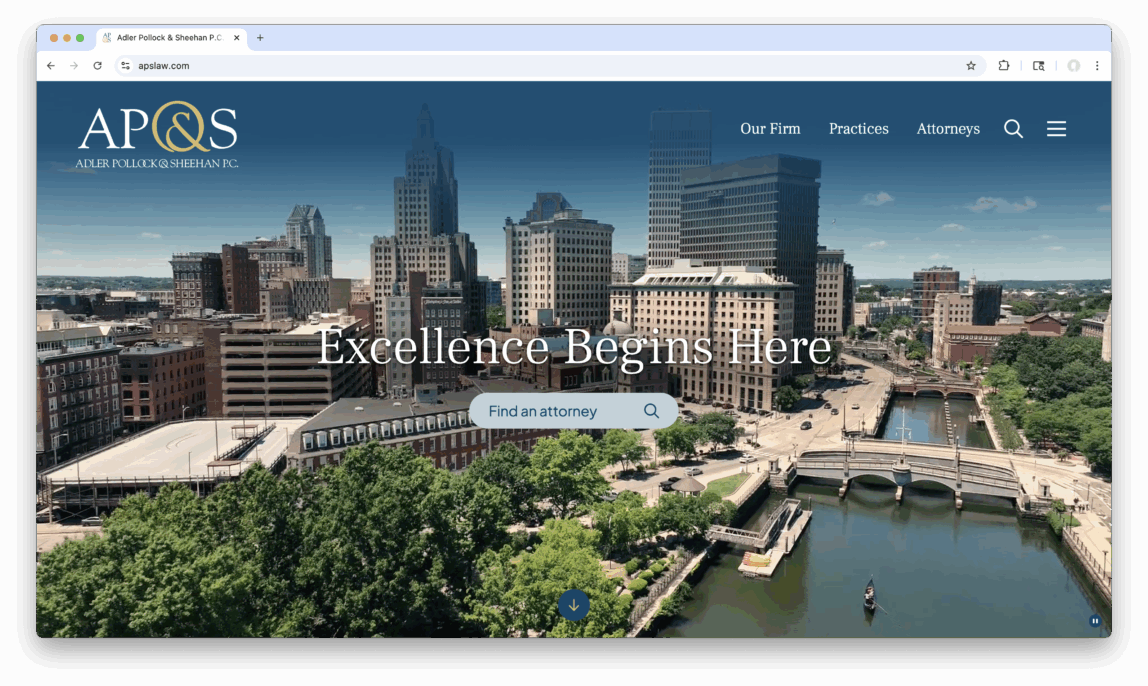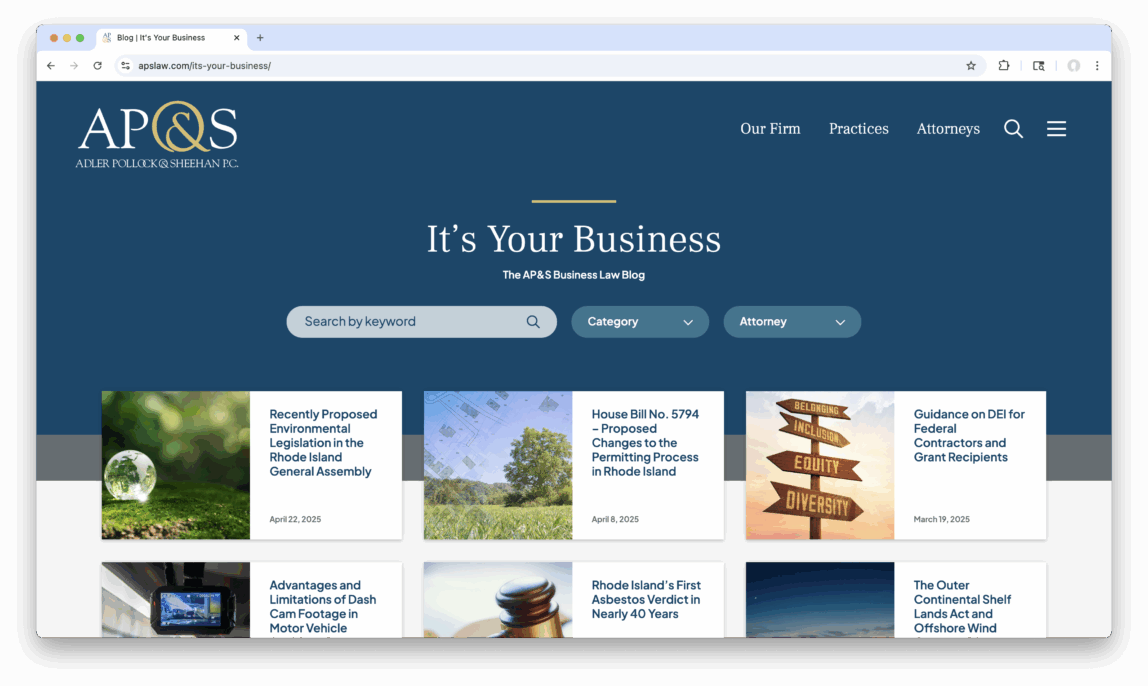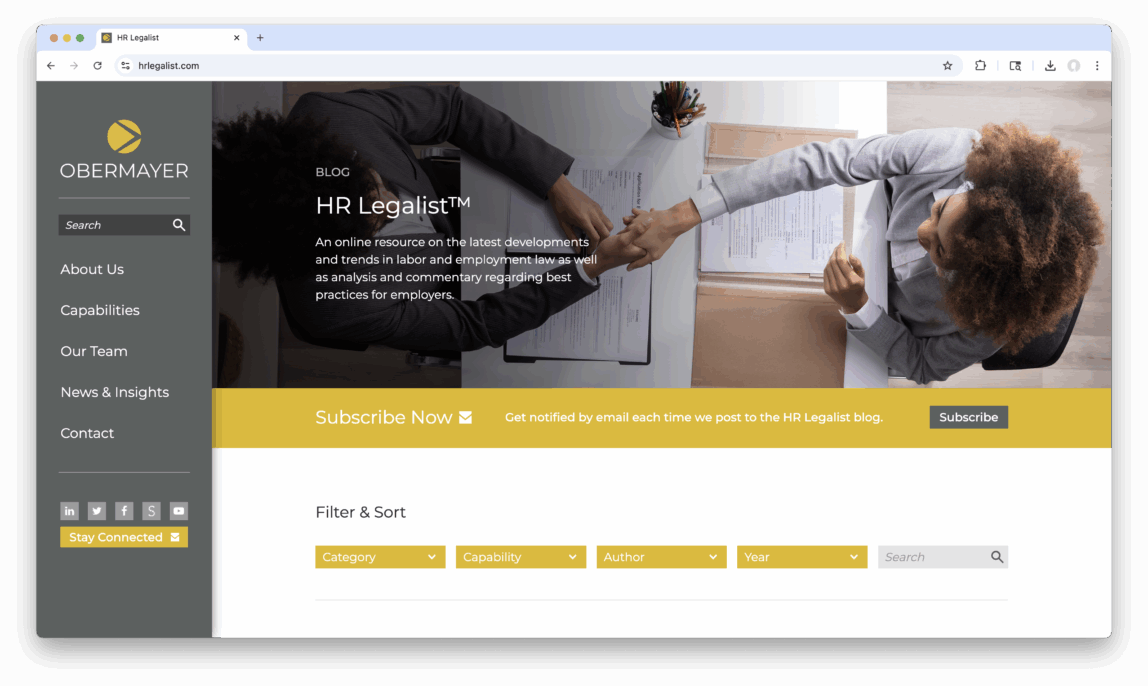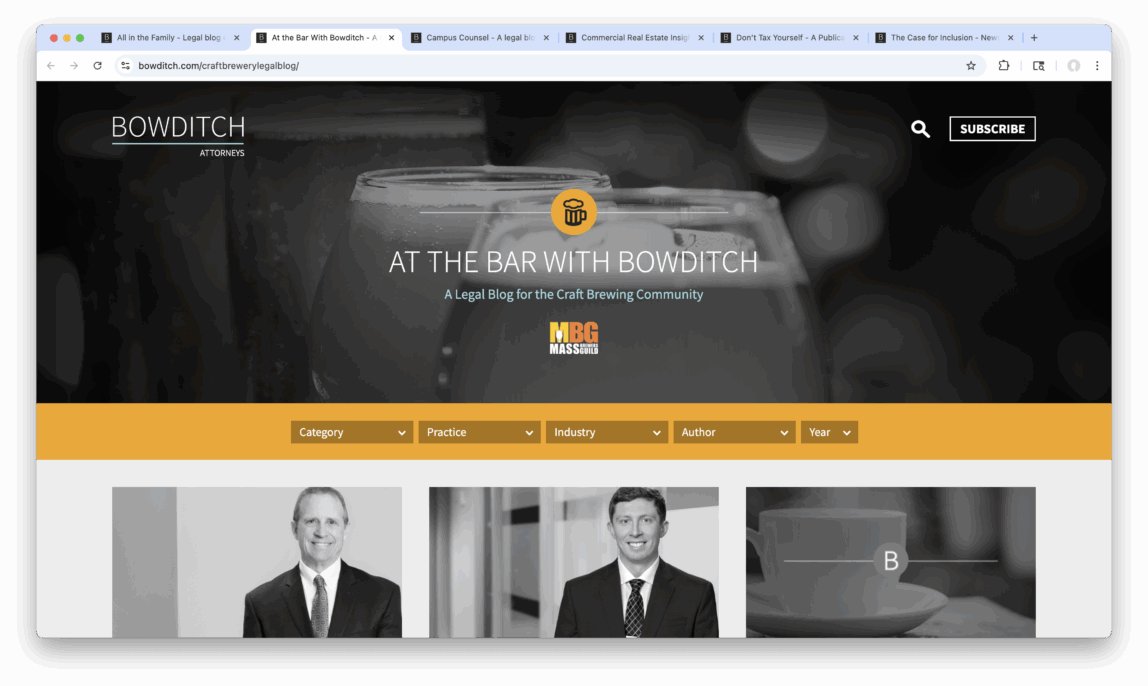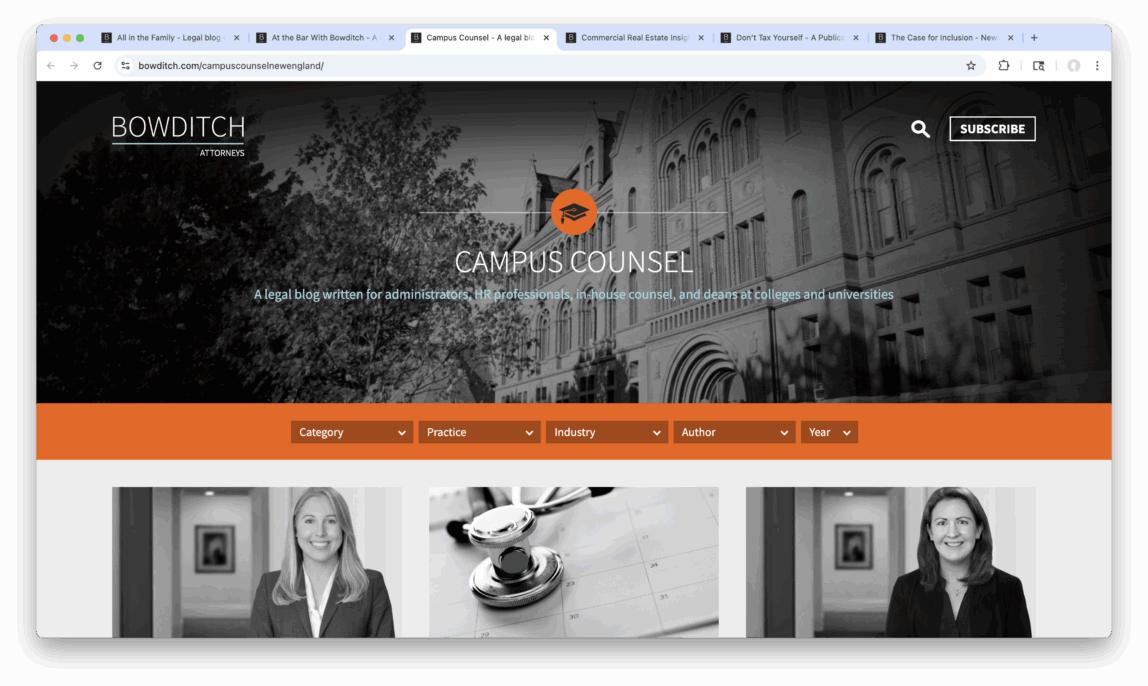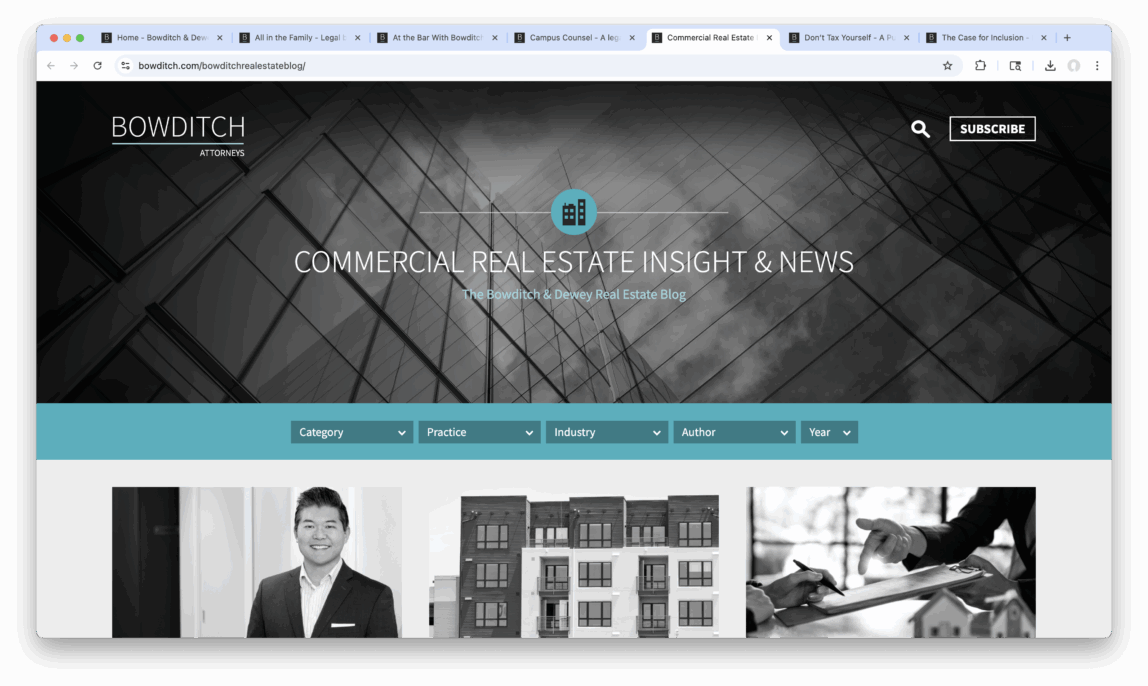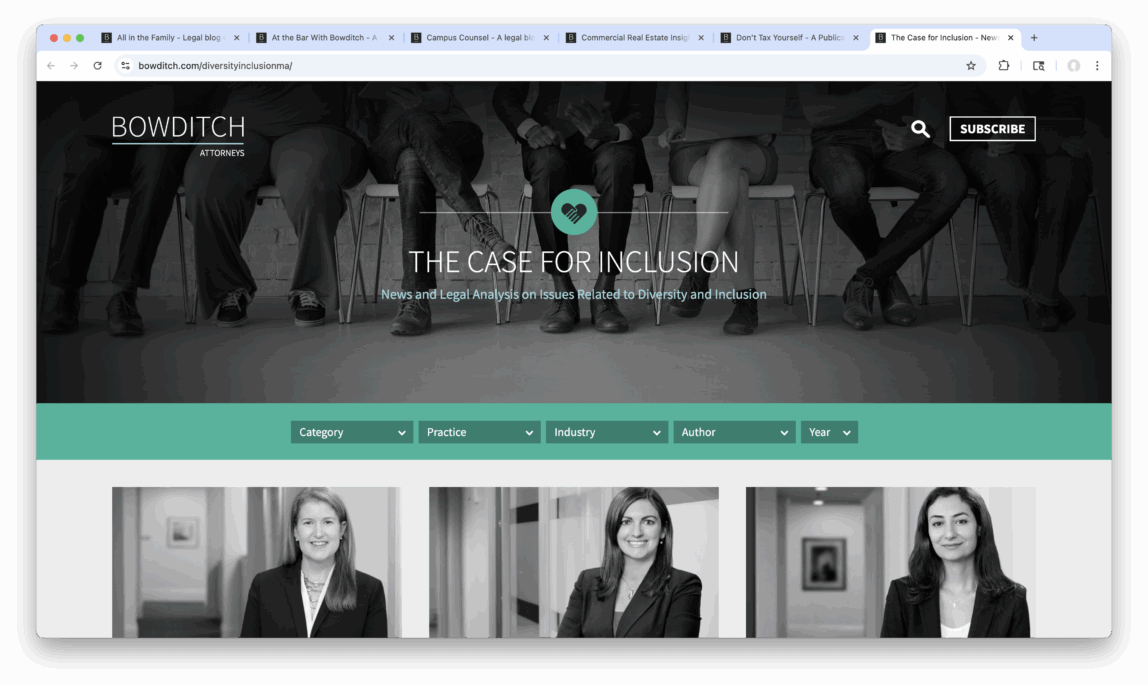
What is WordPress Multisite?
WordPress Multisite enables the creation of a network of websites that can be managed collectively using a single WordPress installation.
When to Use Multisite
Multisite is highly beneficial for companies with multiple sites that share similar content and functionality.
The Benefits of WordPress Multisite
- Manage all sites from one dashboard.
- Update the WordPress installation once for all the sites.
- Install and update plugins on a network-wide basis.
- Drastically decrease new site deployment costs by repurposing an existing site’s code to create another site within the multisite network.
- Flexibility to set up the network sites, either each with a unique URL or all appearing as if part of the main site.
- Help maintain a cohesive, branded design across multiple websites.
Multisite Scenarios & Examples
“One” Site with Multiple Integrated Blogs
Since the regular WordPress installation only allows for one integrated blog, WordPress Multisite is an excellent option for firms with multiple blogs. The blogs can be set up within the main site so that the network of sites appears to be one website from a visitor’s standpoint. We implemented this solution for a few law firms that have practice/industry-specific blogs, including Adler Pollock & Sheehan and Sherin and Lodgen. When you visit these sites, you’ll find a drop-down menu under the main Blog button. From there, you can navigate to each blog, but the overall experience feels like you have never left the main firm website. The perception of the network of sites as a single entity is enhanced by including database-driven crosslinks to the related blog posts on the main site’s bio, practice, and industry pages.
Main Site with a Network of Integrated Blogs with Unique URLs
It is also possible to use unique URLs for each blog, but still create the integrated experience described above, where it is easy to navigate between the main firm website and the blogs to access all content. When you have built recognition for blog names with unique URLs, they can be maintained in a multisite environment. For example, the practice blogs by Obermayer all have unique URLs, such as hrlegalist.com.
Main Site with a Network of Semi-Independent Appearing Blogs
Alternatively, the multisite blogs can appear more self-standing with simplified headers and footers, yet still be built on a multisite environment and accessible from the main site. An example of this is the Bowditch website, with its six blogs: All in the Family, At the Bar with Bowditch, Campus Counsel, Commercial Real Estate, Don’t Tax Yourself, and The Case for Inclusion. This approach is beneficial when you want to keep more traffic engaged on a blog before directing them to the main site through bio and service links within the blog posts. These blogs are all built as directories under the firm’s main URL, but they could have unique URLs if preferred.
Similar Sites with Unique URLs
When a company has separate sites with similar content and functionality needs, implementing Multisite can save time and money by consolidating the administration of the sites and by using the same site design. WordPress Multisite was ideal for Farley White, a commercial property investment firm. We custom-designed a “theme” for Farley White’s three commercial office buildings and a self-storage facility in Lowell, MA. While each site has a unique URL and a distinct color palette, they all work together as a consistently branded package.
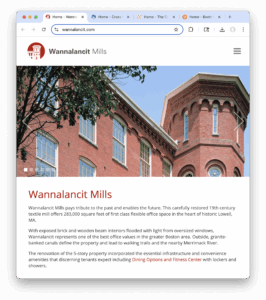
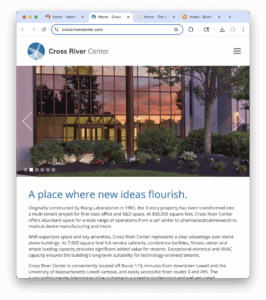
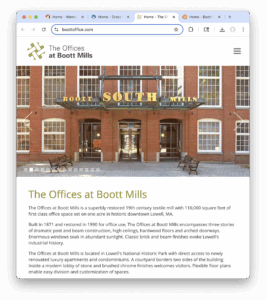

When Not to Use Multisite
Utilizing Multisite adds complexity and it’s not the right solution for every project. The Multisite network of sites shares one hosting account, which means downtime or traffic-related slow load times can affect all the sites. Therefore, it’s essential to choose a reputable host with solid credentials and consider the number of sites each plan supports when setting up a Multisite network. Additionally, not all WordPress plugins are compatible with Multisite. However, this is not as restrictive as it once was. There are many more Multisite-compatible plugins available since Multisite first became available in 2010.
WordPress Multisite may also be too constraining if a company has multiple sites, but there is no overlap in site administration or the sites have very different functionality and design needs. There are other admin panels available to manage multiple WordPress site installations if that is the primary objective. Additionally, if a company plans to sell an entity, it is often wise to keep sites entirely separate for the ease of that future transition.
To Implement or Not to Implement
Whether or not to add Multisite capabilities should be decided before programming a new site. It is not possible to convert an existing single WordPress installation to a WordPress Multisite installation without substantial reprogramming. Conversely, individual sites in a network can be migrated to traditional single-site installs should the need arise, although it can be challenging to do.
Summary
In our experience, WordPress Multisite can be advantageous for firms that have multiple sites, such as active blogs, where all can follow a similar, cohesive, branded design. Multisite is particularly advantageous when each blog has a separate subscription list that you want to maintain. Alternately, if you have multiple blogs but would prefer to streamline (due to the lack of new content or ongoing costs, for example), you may want to consider combining all into a single integrated blog with categories specific to each practice directly on the main website. A single, centralized blog can improve readership and cross-selling between practices. For example, see the Ruberto Israel & Weiner and Rich May blogs that both include categories by practice area.
If you’re unsure whether Multisite is a good fit for your firm, we would be happy to provide candid advice based on your specific needs and goals.
Related Posts
Why Integrated Blogs are Better
Why is WordPress So Popular?
How Much Does a Website Cost, Really?

